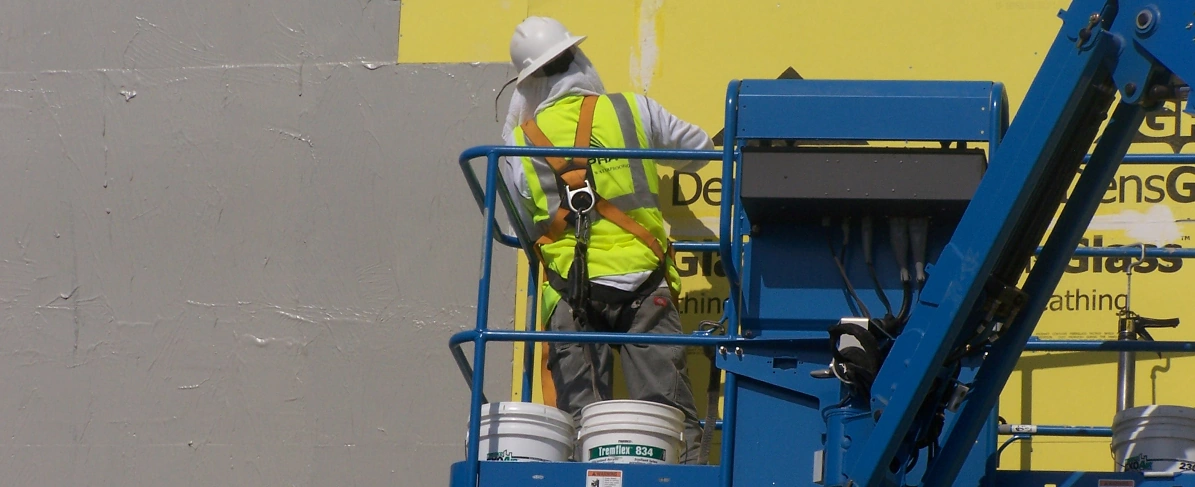7 Critical Factors to Choosing the Right Air Barrier
Ensure you have the right air barrier for your job- consider climate, fire performance, membrane thickness, facade anchors, compatibility and ...
Fluid-Applied, Synthetic Air and Vapor Retarder Membrane
Fluid-Applied, Synthetic Air and Vapor Retarder Membrane
A monolithic, elastomeric membrane designed to seal exterior above-grade wall assemblies and mitigate air infiltration/exfiltration, vapor transmission and water penetration. ExoAir® 130 offers 12 months of UV resistance and service temperatures up to 240 °F (115 °C). Excellent for commercial applications and projects that require NFPA 285 testing. It can be either roller or spray applied.
Download Data Sheet Find a Rep or DistributorExplore project profiles and blog articles with content related to this product.

Ensure you have the right air barrier for your job- consider climate, fire performance, membrane thickness, facade anchors, compatibility and ...